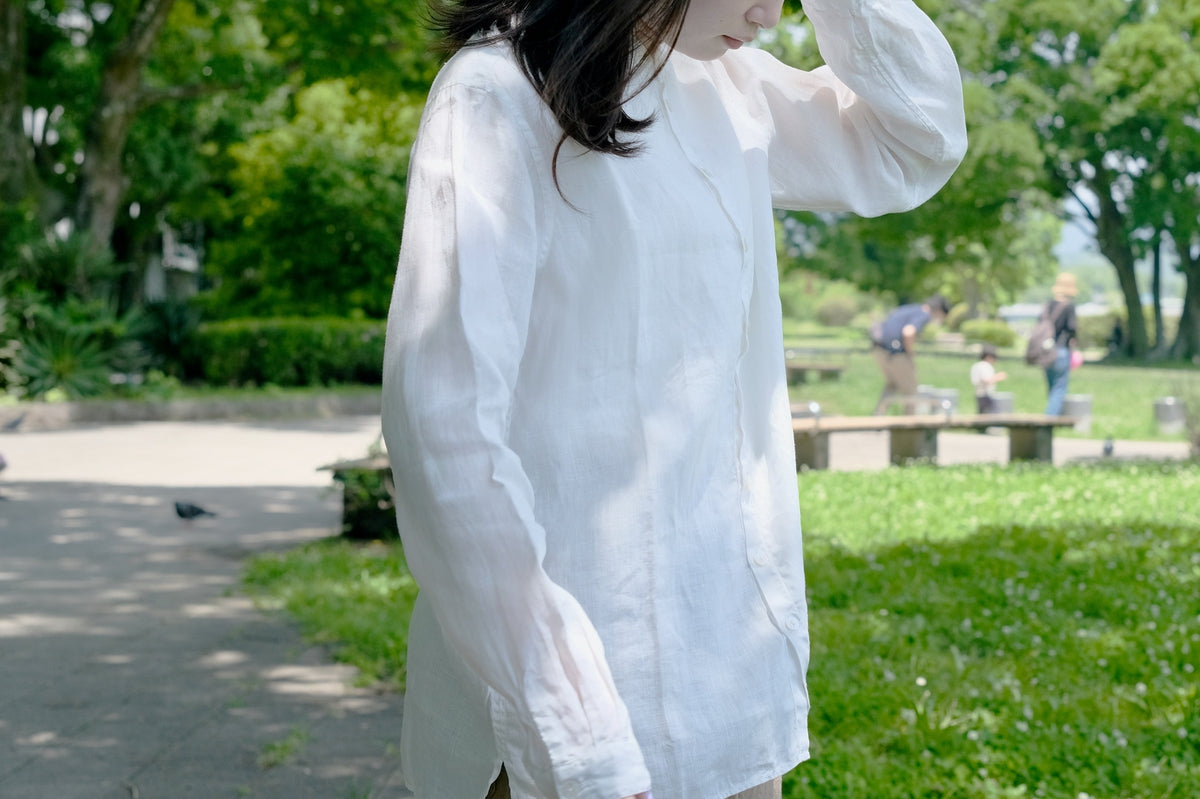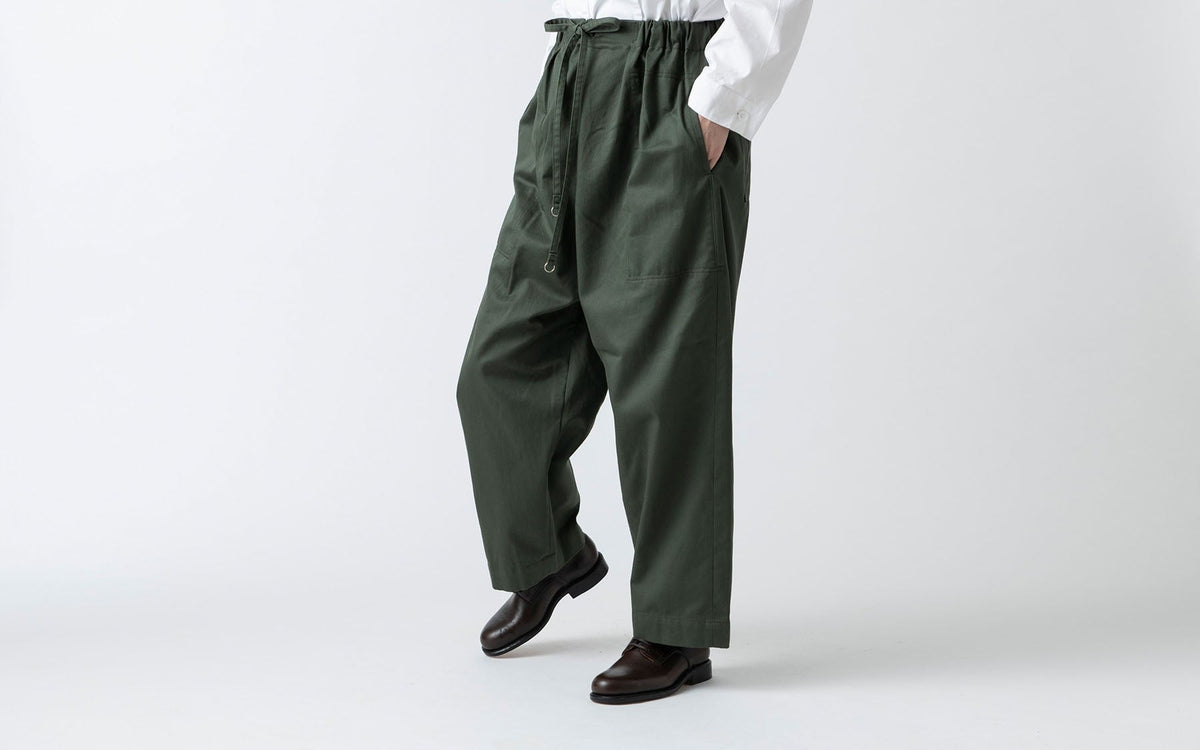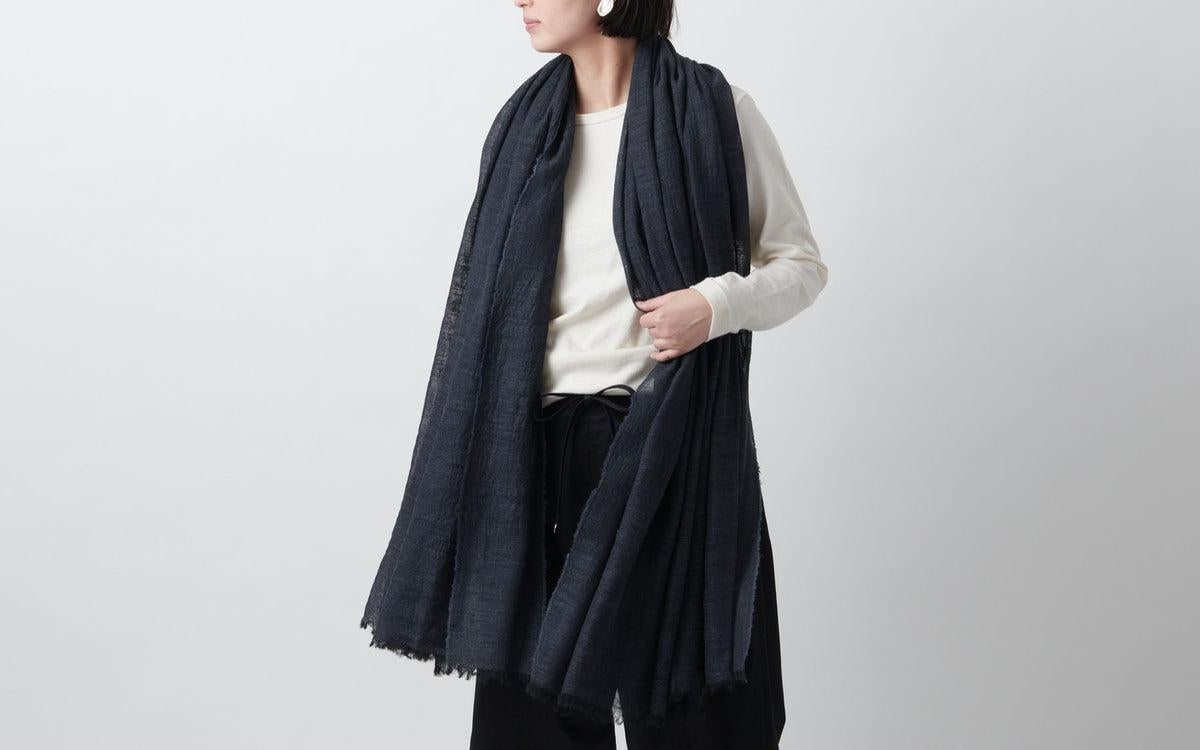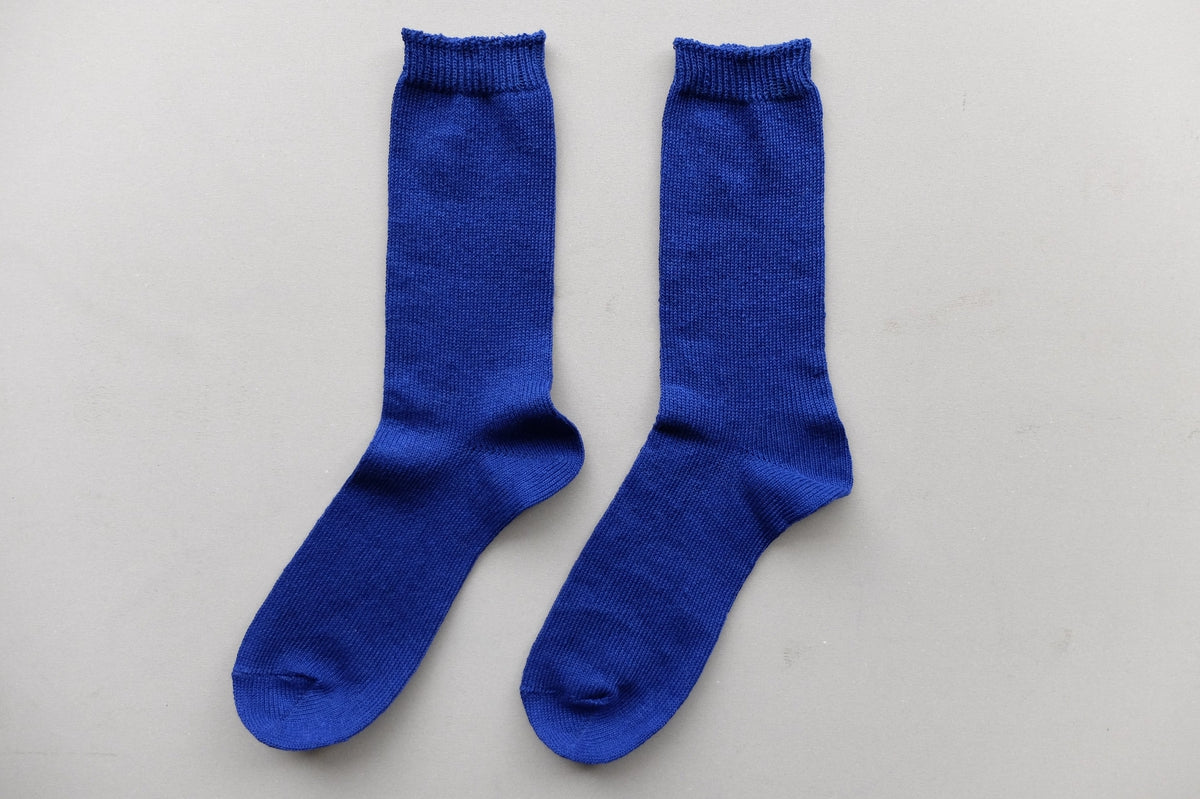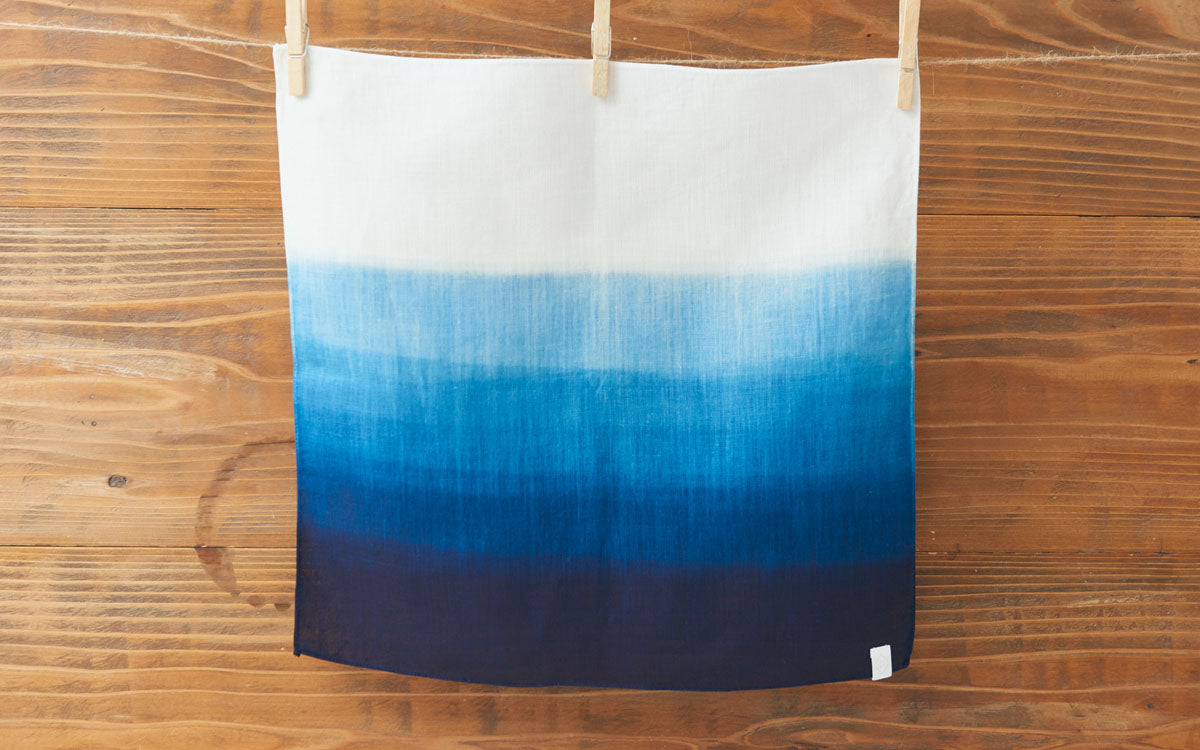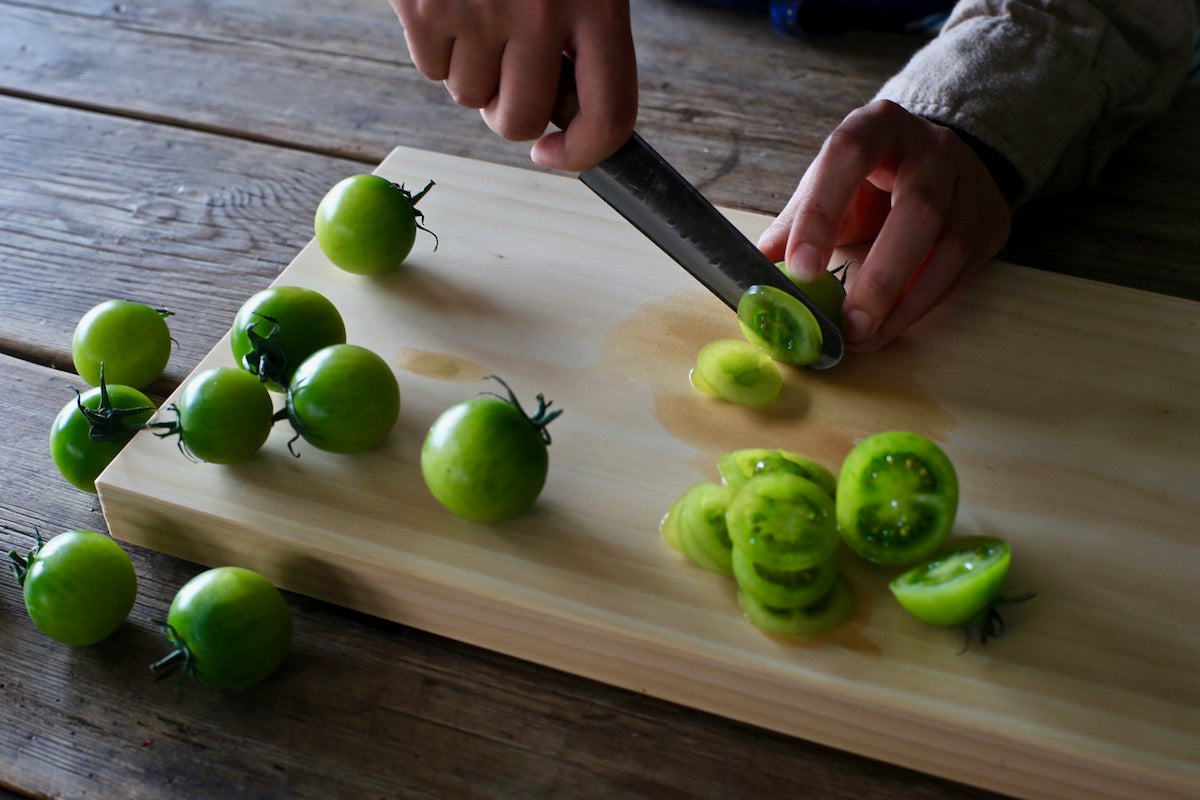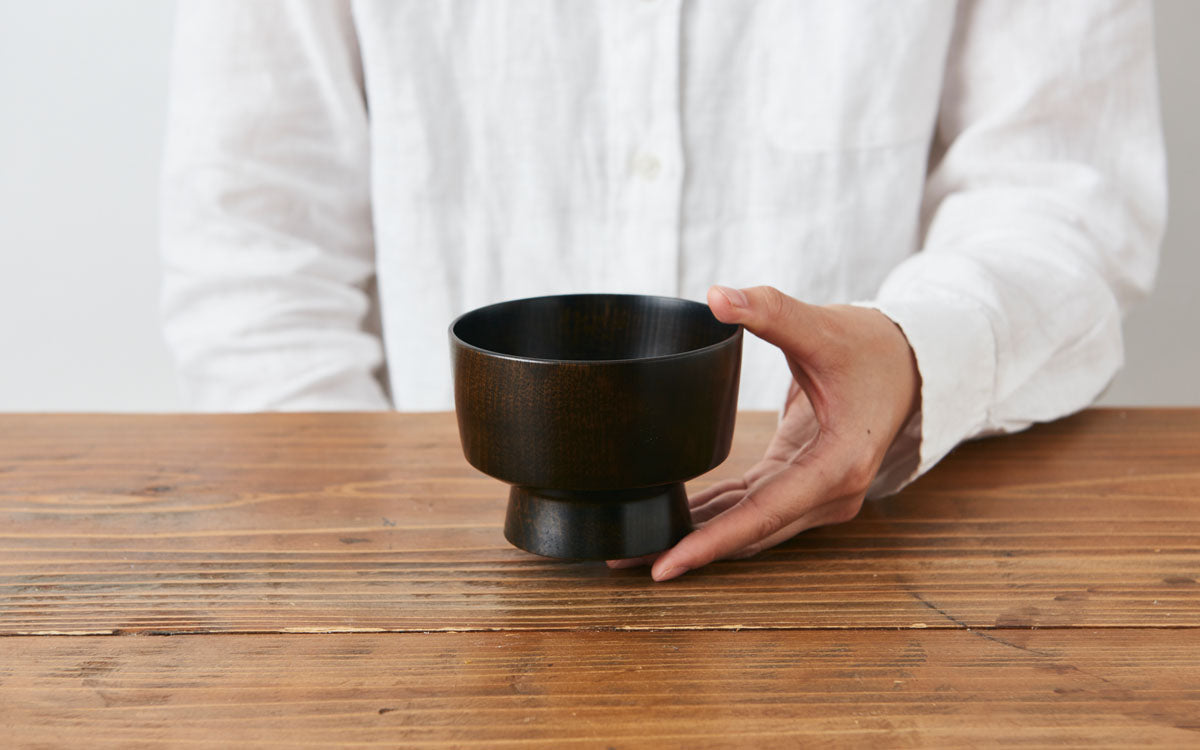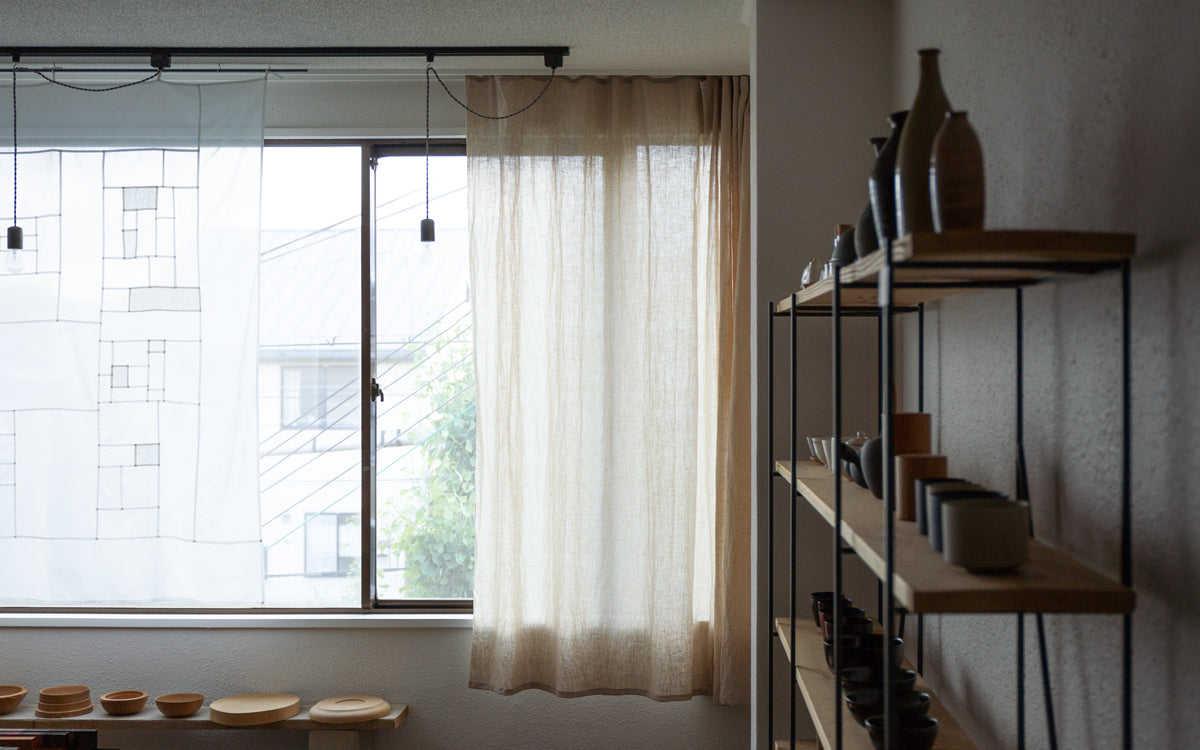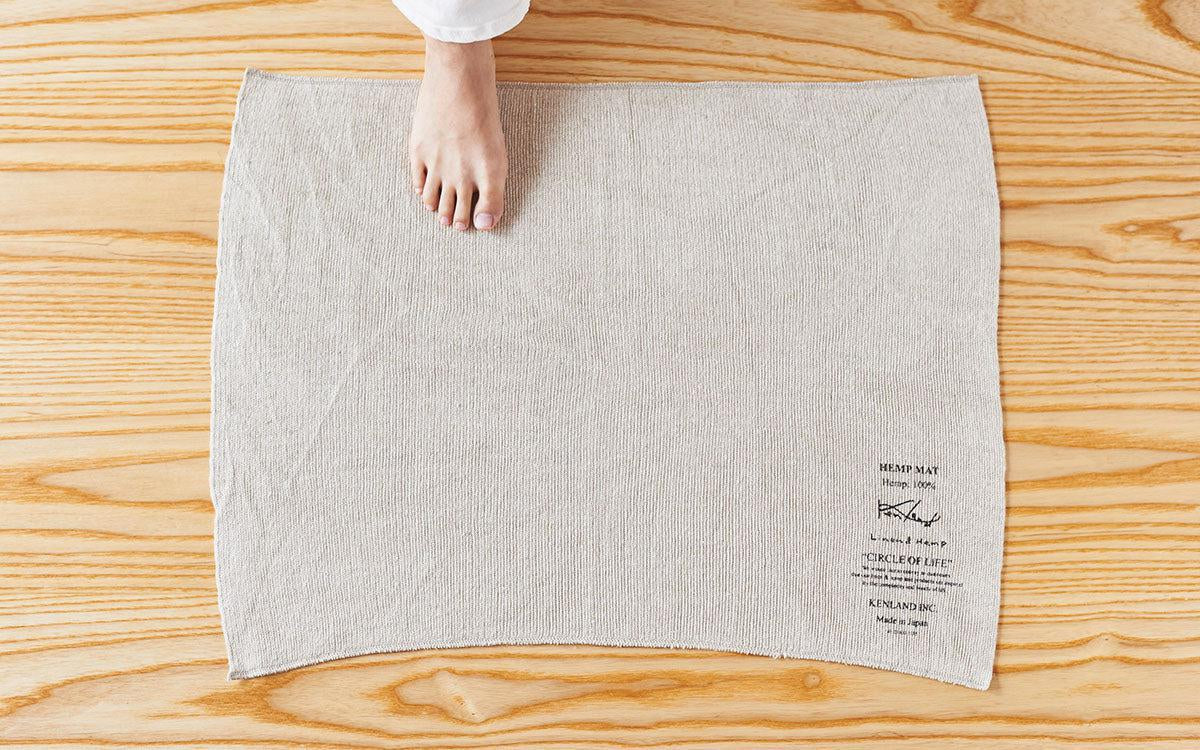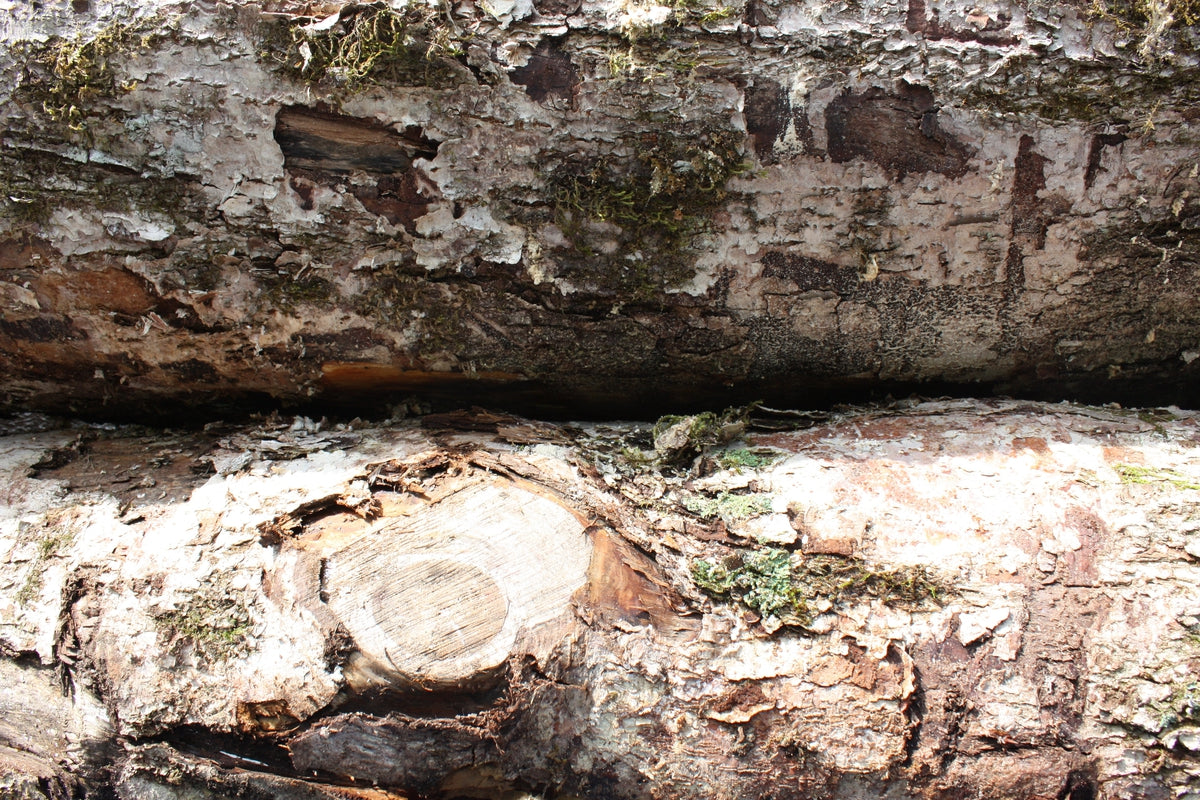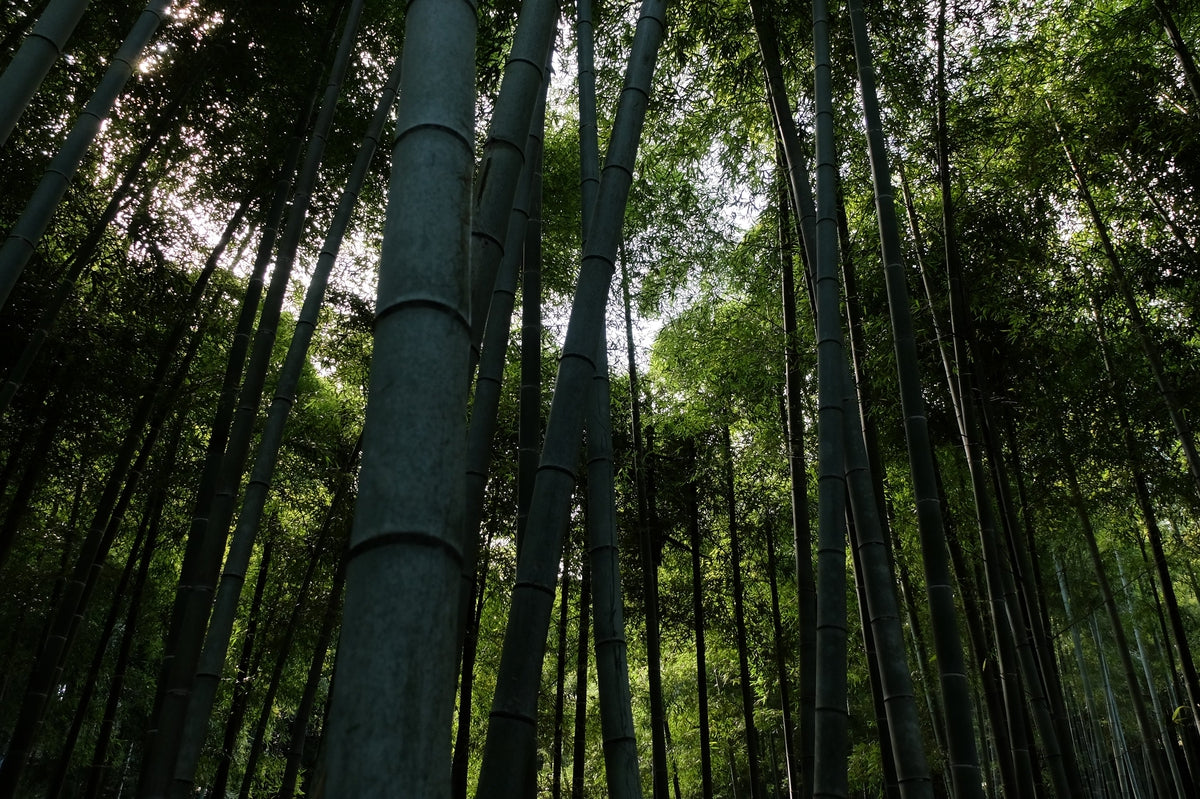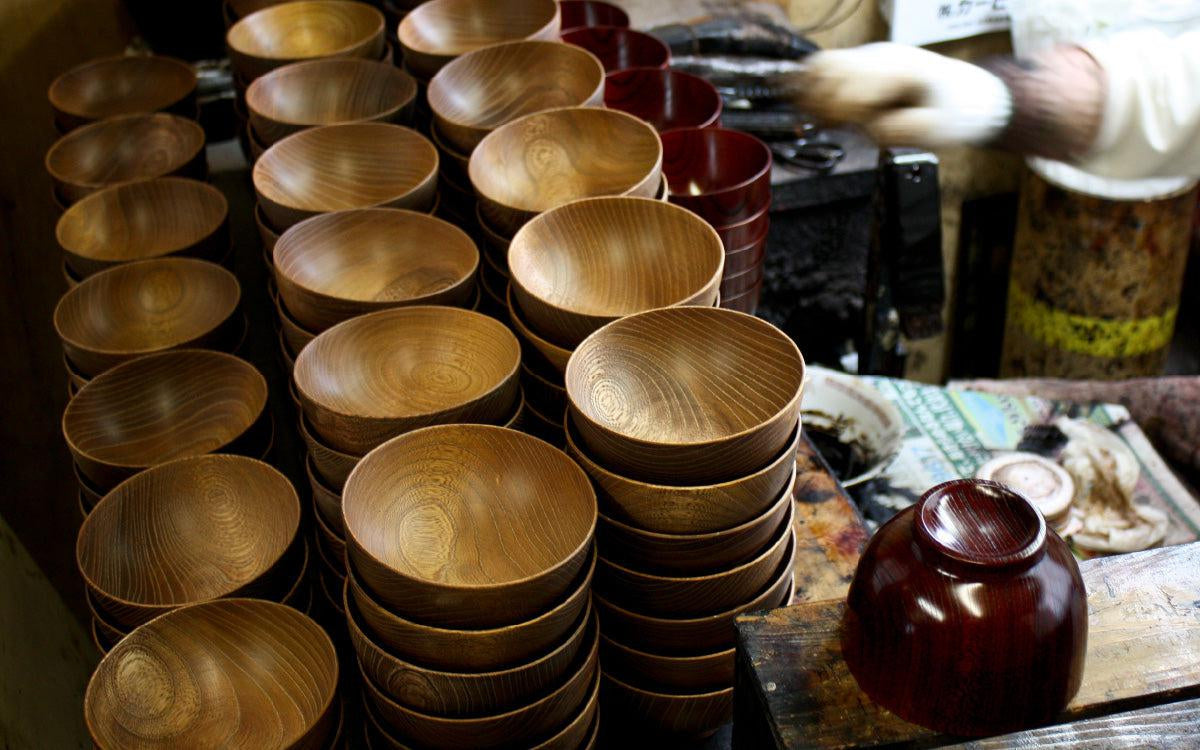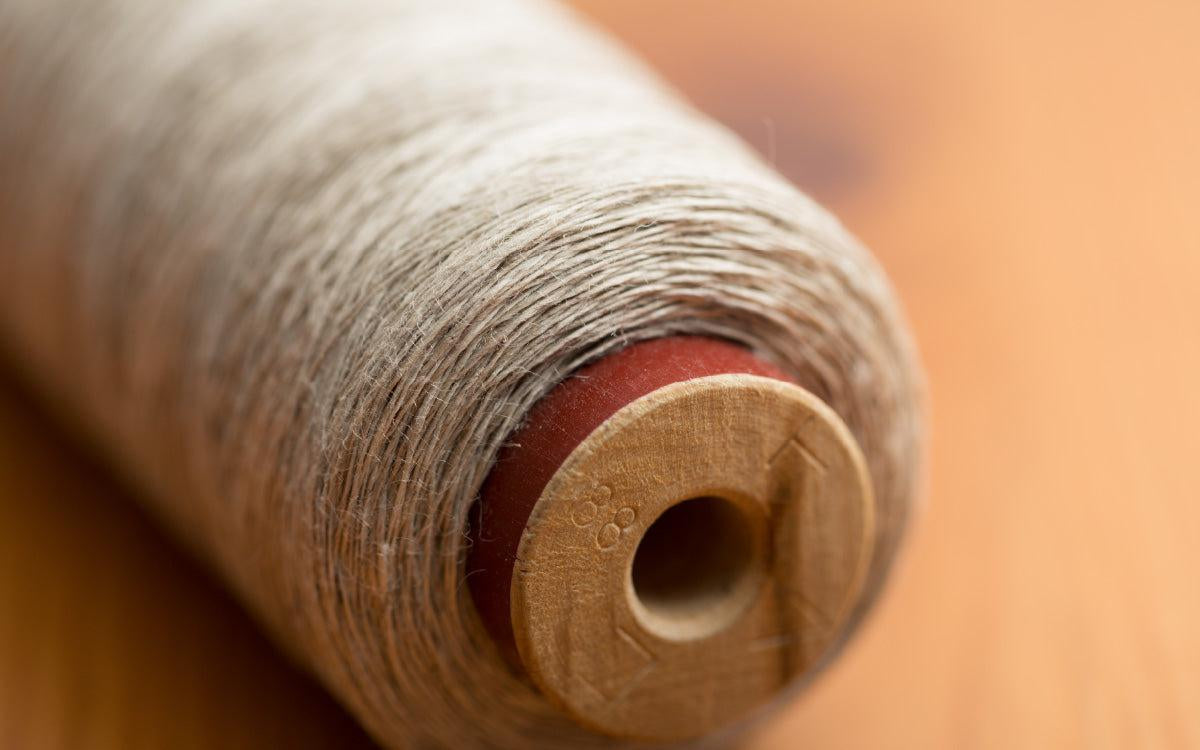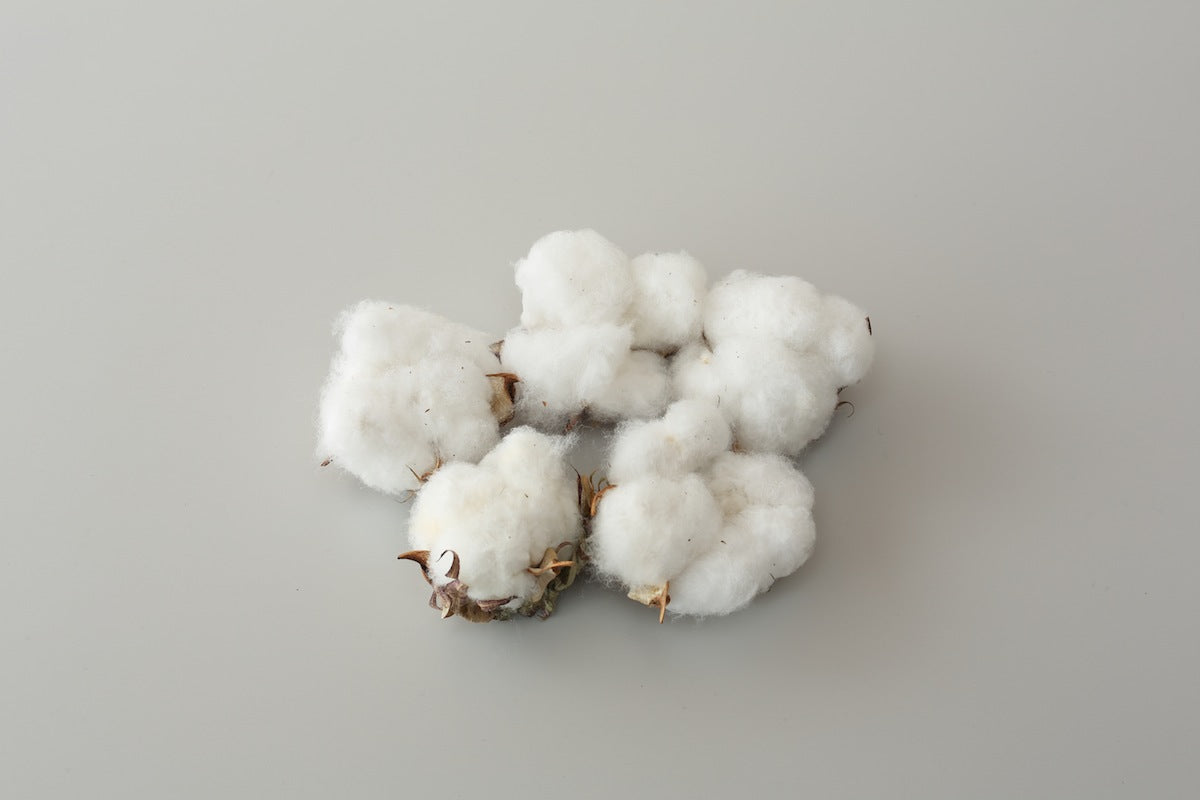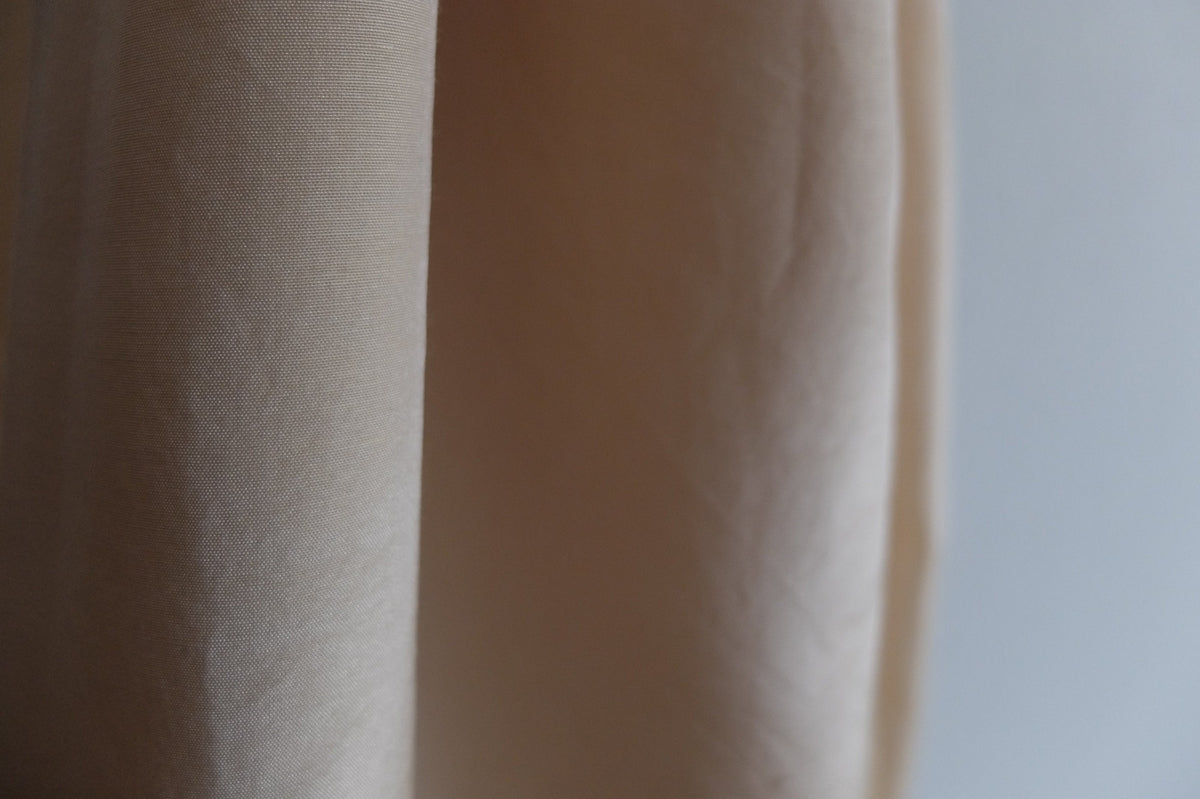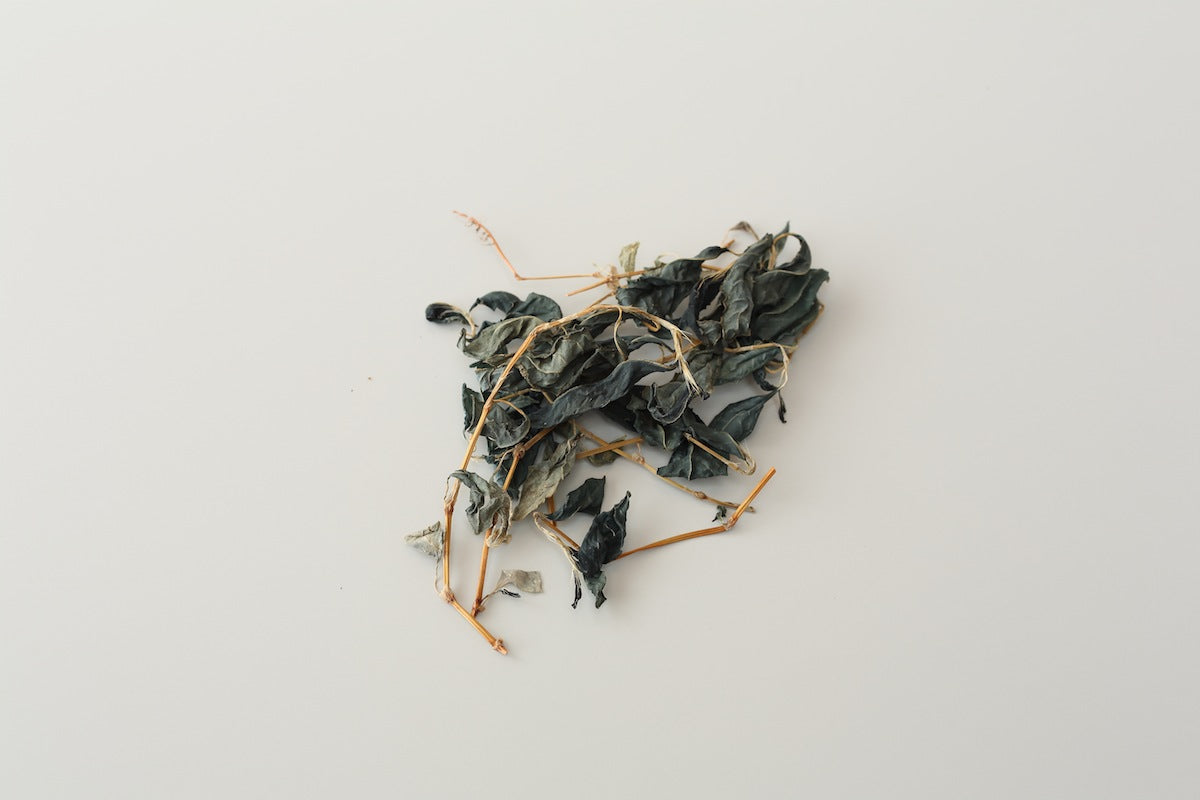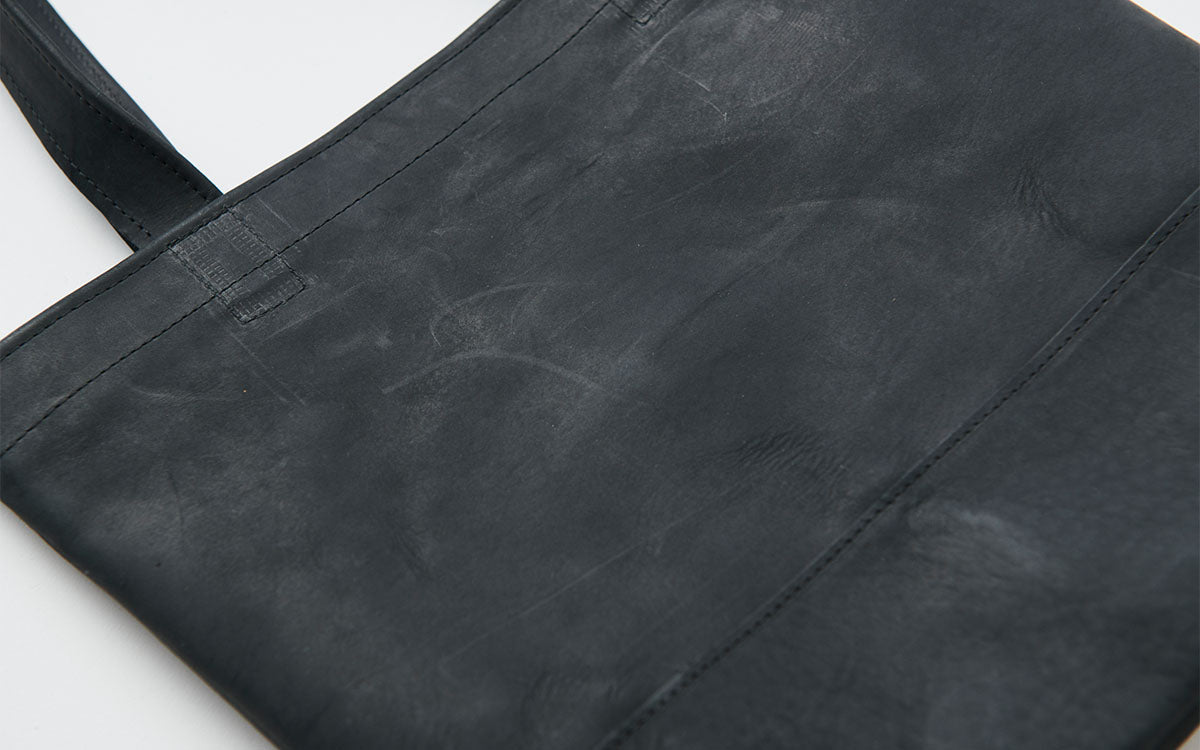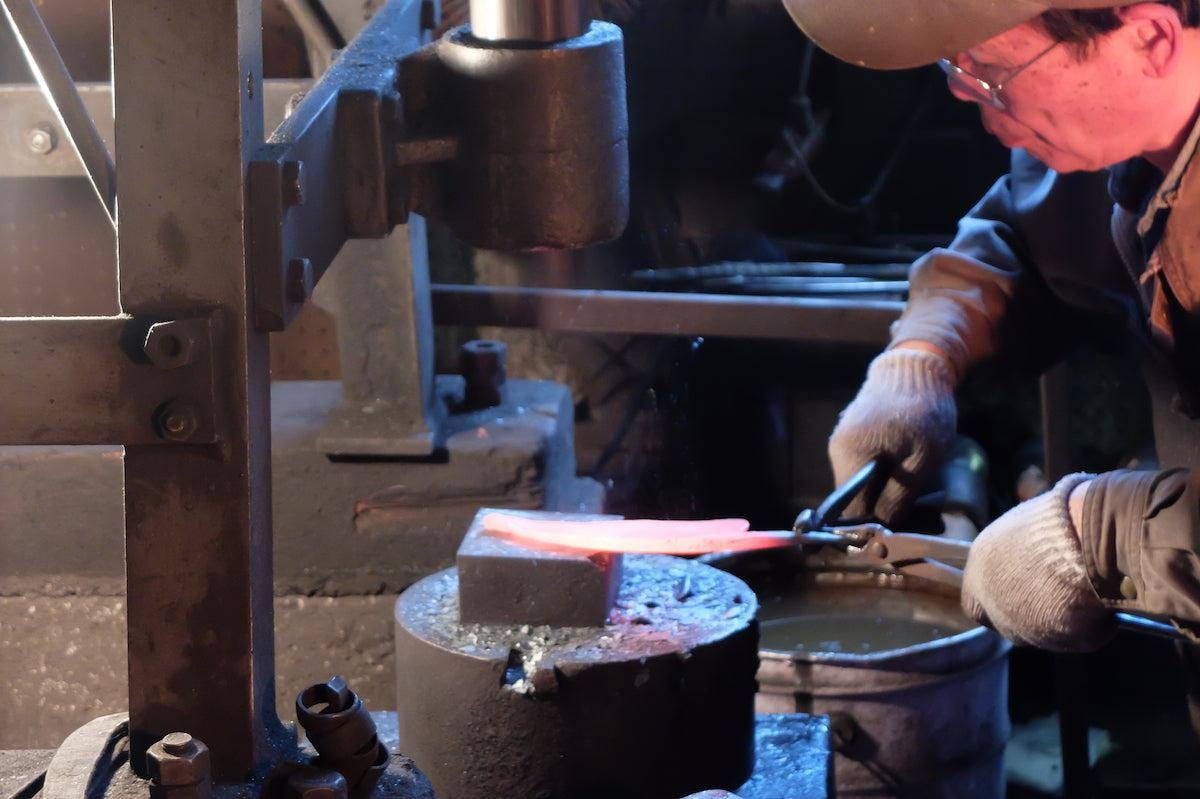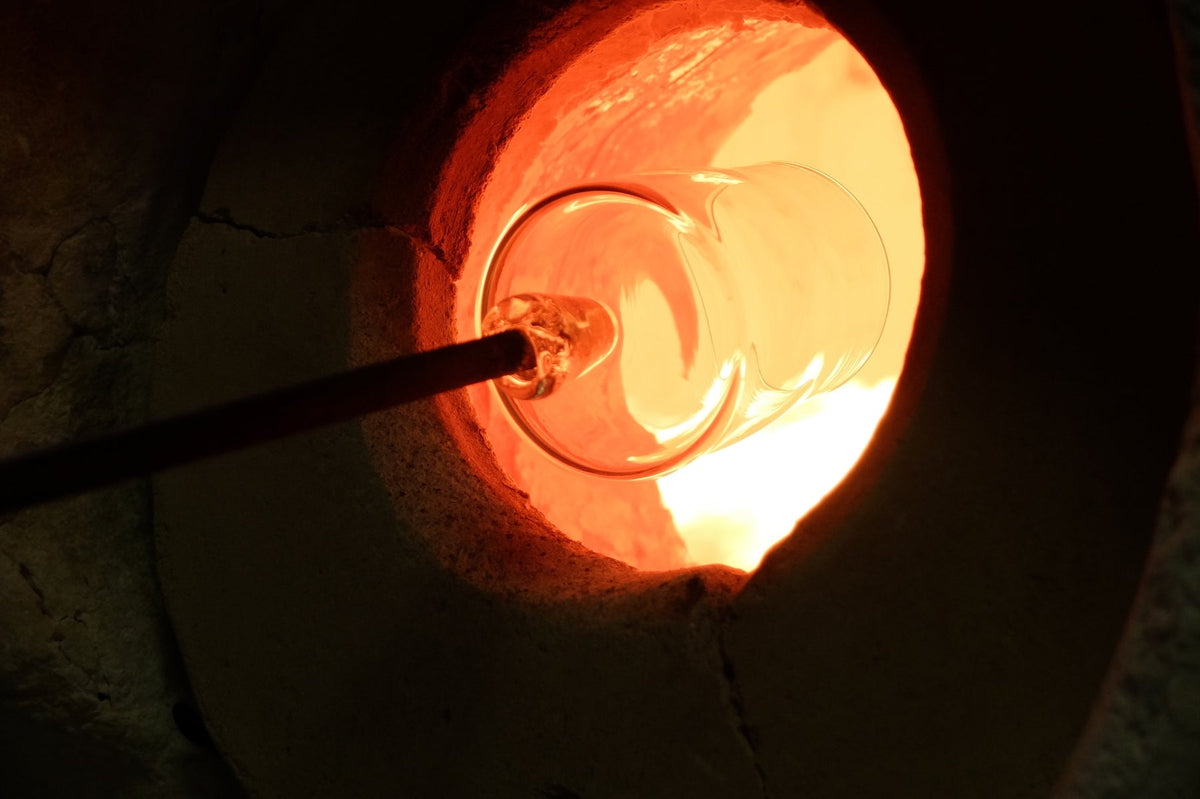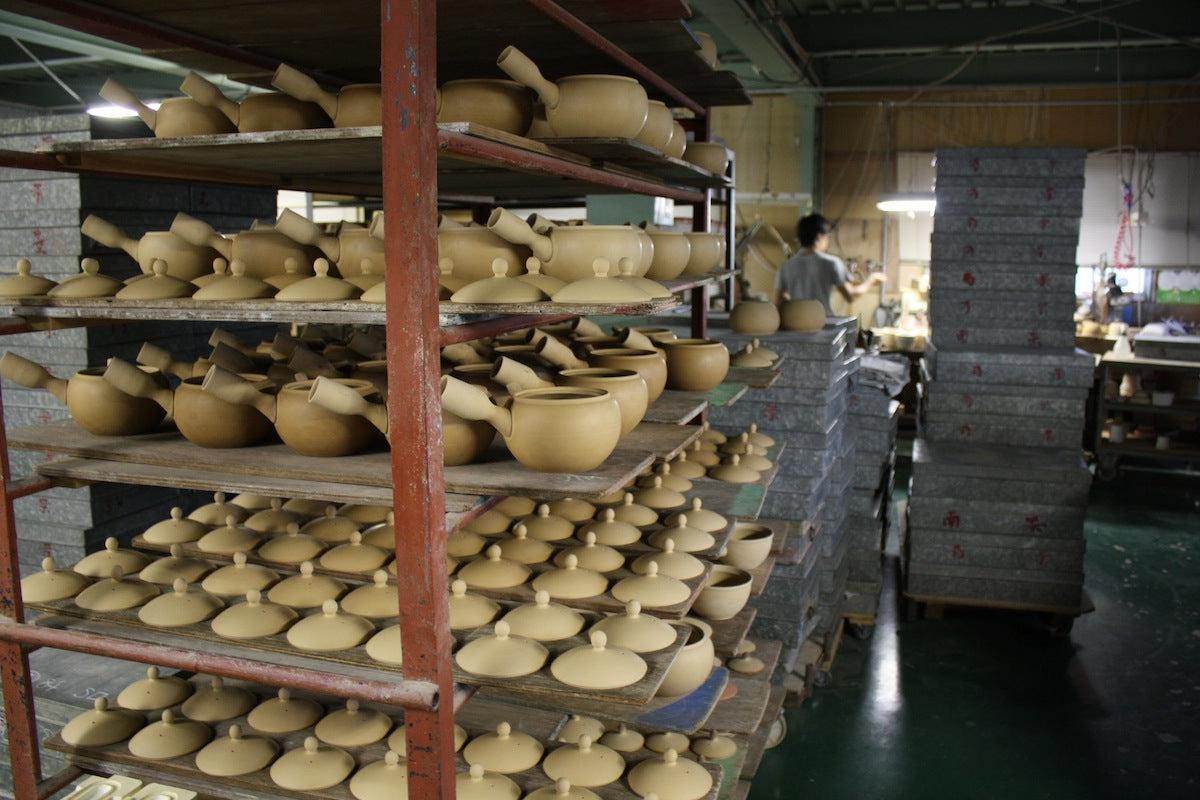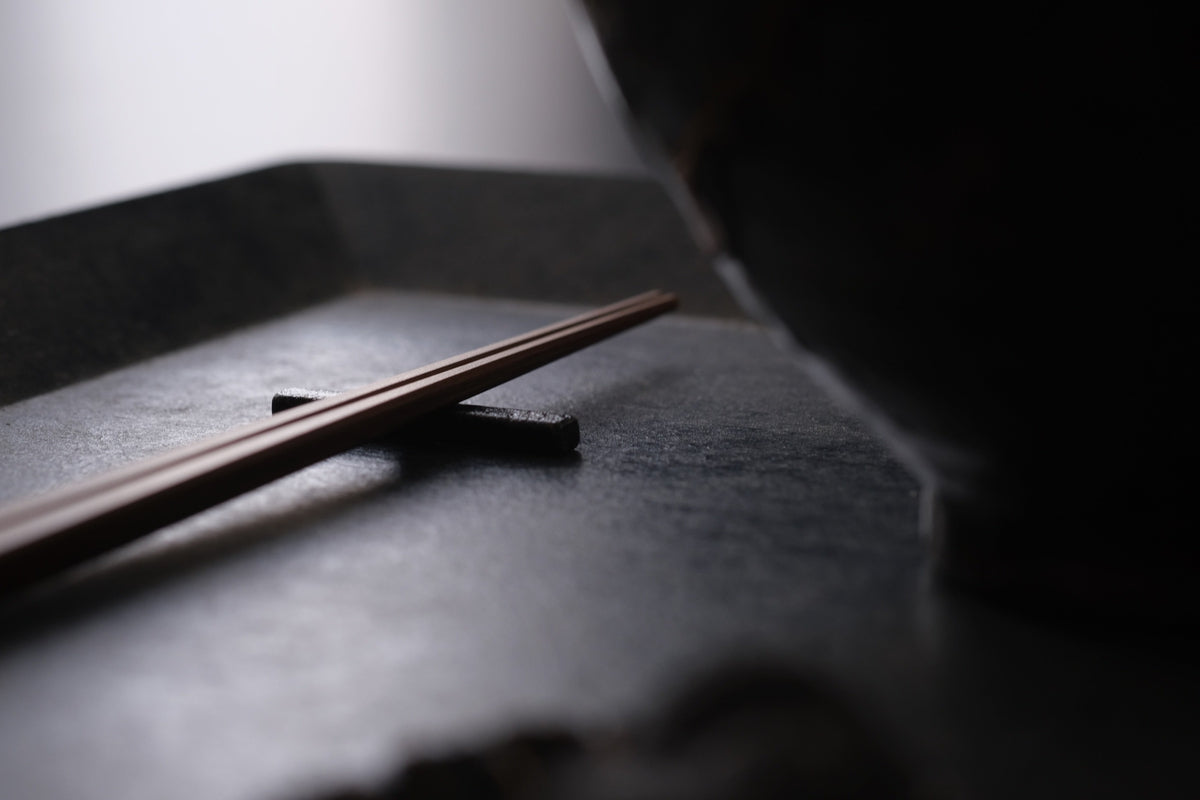coin case <deerskin ink dyeing>
Couldn't load pickup availability
- # coincase SHC-74
- # Six coup de foudre
- # ケース
- # コインケース・小銭入れ
- # ネコポス配送1個まで
- # バッグ・ケース
- # ブラウン
- # ホンシュウ鹿
- # 真鍮
- # 財布
- # 革
- # 鹿革
In October 2020, the skin of a deer caught in Wakasa Town, Tottori Prefecture is tanned with tannin and ink-dyed. Deerskin is soft and has a smooth surface. A new type of coin case that I made when using the scraps of the third round when I made it with leather last time (January 2020). It was very popular and sold out immediately, but we made a lot this time. The current stock is all without patchwork, and there are some differences in the leather parts, but it will be almost the same as the one in the photo.
A coin case featuring an original one-touch metal fitting. The metal fittings are also made in a small town factory in downtown Tokyo. The appearance is also nice, but the ease of use that opens with one touch is good. Squeeze from the left and right to open. Made of brass, it will age with the leather.
The main body is a single piece of leather with no inner cloth, and there are no partitions or pockets inside. The expression of the stitch is also a good design accent.
This product was manufactured by
October 2020 Deerskin Production Report in Wakasa Town, Tottori Prefecture
We introduce about leather, products, and scraps.
▼ six-clothing Atsushi Takamizawa
Leather products made by Atsushi Takamizawa, six-clothing, who has a workshop in the back alley of Kappabashi, a wholesale district of cooking utensils in Asakusa, Tokyo.
Leather is tanned skin that is a by-product of the meat you eat. By tanning the leather, it becomes a "leather" material used for so-called leather products. This original animal skin is called raw hide. In most cases, leather materials are procured through leather processing factories, wholesalers, and retailers, but Mr. Takamizawa's case is a little different.
The leather used is purchased directly from domestic hunters. It is a wild animal that lives in the forests of Japan. Recently, it has become common to hear the word “Gibier” in food, but this word refers to the meat of natural wild birds and beasts that are hunted. However, when it comes to gibier, most of the skin that remains after being processed into meat is discarded. for that reason, It is the skin of animals such as bears and deer that are not generally used for leather products. Mr. Takamizawa uses leather that has been tanned and dyed after purchasing this leather directly from hunters. PINT from Mr. Takamizawa We purchase one piece of leather (for one cow) and request production. So we know when and where the leather came from. (Listed in the [Material] column at the bottom of the page and the paper tag attached to the product)
Because it is a wild beast, There are many scratches and wrinkles. Because of the natural expression of leather, it is used up as much as possible without waste. Parts that have tears, holes, or that affect the use or strength are avoided, and repaired with stitches, etc. I also use parts that I would avoid. Even if you use it without waste, the size and shape of each animal is different, and there are also large scratches that make it unusable. The small leather is also used by patchwork.
From a single piece of leather (for one animal), the leather can be used up with almost no waste, which is unthinkable from the point of view of making general leather products. For more information , please see the list of articles on manufacturing gibier leather .
Having a workshop in the back alley of Kappabashi, a food-related cooking utensils wholesale district, also reflects Mr. Takamizawa's desire to "take life." Of course, the design and craftsmanship of the product are good, but even among the leather product makers, they are producing with a particularly strong feeling.
【material】
▼Body
Wakasa Town, Tottori Prefecture October 2020
Deer leather tannin tanning, ink dyeing
▼ metal fittings
Brass
【size】
Body: Length 7.5cm (including metal fittings) x Width 7.5cm x Thickness approx. 1cm (at longest point)
* No gusset: Approximately 1 cm in base and leather thickness
*Inner width of mouthpiece opening: 5.5cm
【specification】
No pocket/inner cloth
[exterior]
Exclusive boxed
・There are no particular precautions specific to this leather when it comes to care. It will be the same as general leather products. If you have any questions, please feel free to contact us.
*Frequently Asked Questions/Supplementary Comments*
・There are individual differences in the expression of the leather.
List of #six-clothing Atsushi Takamizawa



























